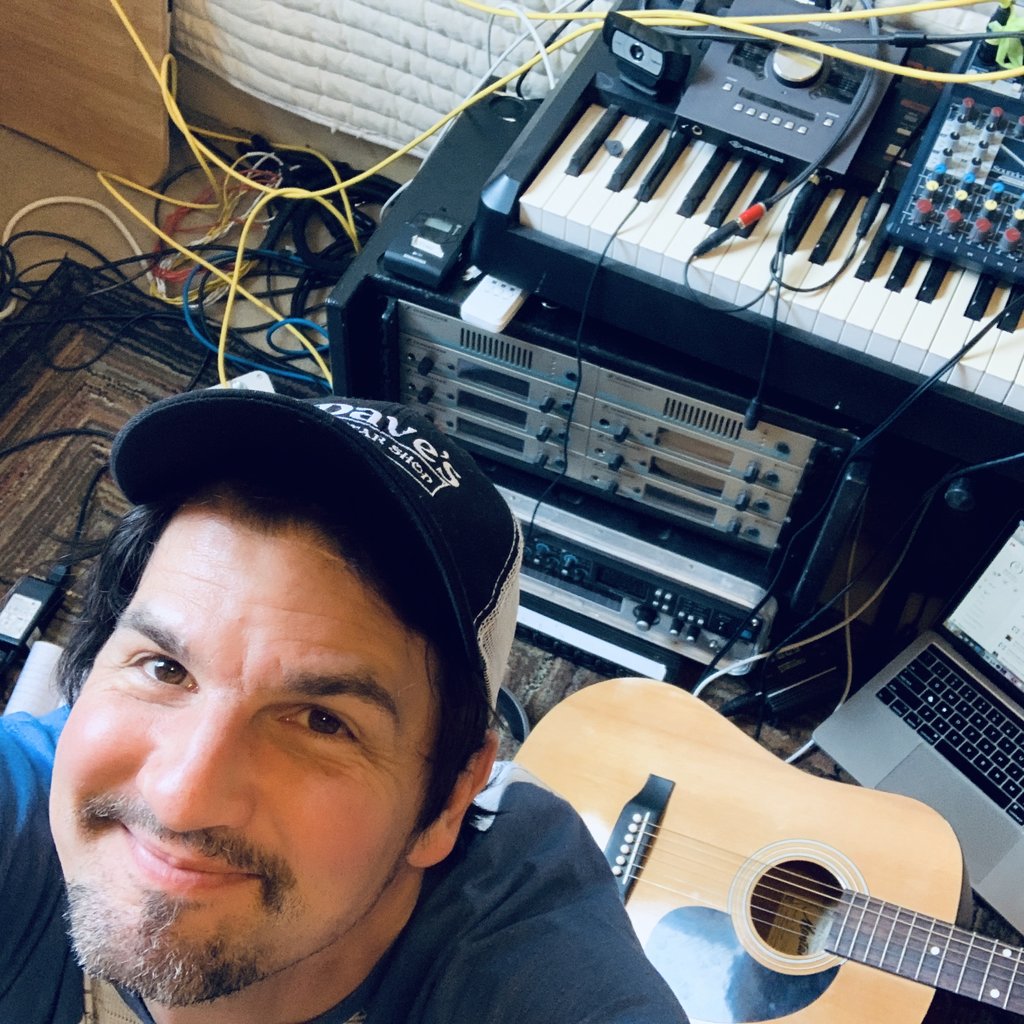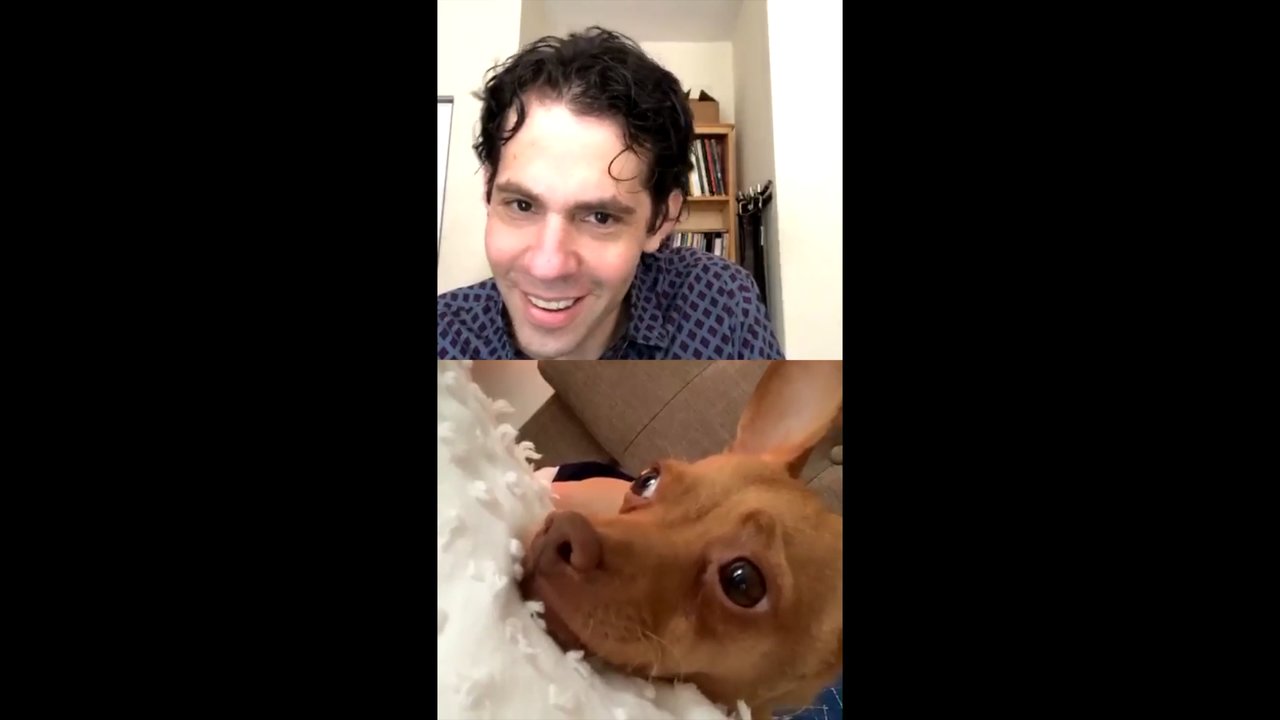Spotify Offers Tips For The Best Livestream Setup
As the shutdown stretches on, many artists are becoming quite adept at in-home live streaming, and have begun to perfect the craft. In this piece, we hear some pro tips on executing the perfect live stream.
Guest post by Annie Zaleski from Spotify For Artists
Seasoned livestream veterans and newcomers share gear ideas for putting on an awesome virtual show.
With concert venues dark for the time being and nearly everyone hunkered down at home, many artists have naturally taken to the internet and have started livestreaming performances. These at-home gigs can be simple—for example, just a songwriter playing music on an acoustic guitar or piano—or can involve more elaborate setups. Dropkick Murphys, for example, performed their usual St. Patrick’s Day show in a rented performance space with a full light show and production.
While some of you are new to the online performance realm, others have had plenty of practice—and they’ve gathered some knowledge about how to make it work. For the Minneapolis-based eight-piece Cloud Cult, touring had become more difficult to navigate in recent years since band members were starting families. About a year ago, the group launched a subscription service via Patreon that gave fans regular access to online concerts, livestreams from the studio, and other goodies.
Some pro tricks
Cloud Cult’s online concerts—which can be full-band affairs or solo performances from individual band members—look and sound like expertly produced shows. During solo webcasts, frontman Craig Minowa uses multiple cameras to capture different performance angles—apps such as Camera for OBS Studio allow you to transform older phones or tablets into external webcams—and connects the instruments in the studio to a multichannel audio interface that itself is connected to the computer, “so I can move about and have the cleanest sound,” he says.
Minowa then runs everything through OBS‘s open-source video-recording and livestreaming software—a robust, free program that allows him to pick sound inputs, switch up the camera that’s on screen, and even build in a few seconds of audio and video buffer, which improves quality.
“The home-concert thing is a great new platform—but, like anything, people want it to sound and look good, along with the intimacy of being able to message the artist and have conversations,” he says.

Minowa has found ingenious ways to make these performances feel cozier. He wears earpieces instead of headphones, and positions “a really good vocal mic nearby but just a touch offscreen, so there’s more intimacy and less tech,” he says.
And when he performs with the rest of the band, he leverages technology for collaboration: “I actually project them onto the wall behind me, so it feels a little more to the viewer like they are in the same space, instead of all of us separated behind our computers.”
Bringing the club to the living room
Austin-based DJ Mel—who’s performed at Lollapalooza, Austin City Limits, Bonnaroo, and the 57th Presidential Inauguration for Barack Obama—has also become a leader in cultivating the electric feel of an in-person gathering while at home.
DJ Mel had already been livestreaming sets for six months before the pandemic, but he’s quickly found an even bigger online audience via eclectic, uptempo Saturday night dance sets on Facebook Live and Zoom, which he uses as fundraisers for various charities.
DJ Mel’s performances are upbeat and interactive, and include shout-outs to people watching, as well as a steady stream of fan comments as he’s spinning. To make his mixes pop, he’s settled on a simple livestream setup that works like a charm: a GoPro Hero8 Black with a Pro 3.5MM Mic Adapter paired with the GoPro App for iOS on his iPhone 11 Pro. He then runs a Kimber Kable RCA to 3.5mm cable from the aux out of a Rane 62 DJ Mixer into the GoPro Hero8 Black mic adapter.
This setup is “plug and play,” DJ Mel adds, which gives it a major advantage. “The GoPro iOS app connects to Facebook Live in a matter of seconds via Wi-Fi—no need for an HDMI capture card or outboard sound card,” he says.
This setup also offers him flexibility: Because the GoPro itself has a wide-angle lens and streams at 1080p, he says he’s “not locked in a vertical perspective with the lower-res selfie camera.”
“The quality of the video and audio will be a contributing factor on whether or not people stay engaged,” DJ Mel says. “[The] higher the quality, the better.”
A creative take on the piano bar
New York-based songwriter and pianist Julian Velard is new to the livestreaming game, although he’s an enthusiastic adopter. He holds “Nap Time Piano Bar” daily via his Instagram Live—the performances come when his kids are asleep—and a Saturday night “conversational concert with guests” called Songtalkin’ on his Facebook page. In addition, he makes various other appearances on the social-media platforms of venues where he’s performed, such as Joe’s Pub and Sid Gold’s Request Room.
For Velard, this abundance of appearances is a way to keep promoting his work and career: He recently released a new single, “Half Done,” and currently has a Kickstarter campaign set up to fund a musical.
“Now that I’m stuck in an apartment in Queens with no gigs on the horizon, it’s the only way for me to get my craft out into the world,” he says. “It suddenly feels essential.”

His online streams by nature are more intimate, since they just feature him at a piano. And, for the most part, Velard keeps it simple. “The best camera I have is in my phone, so I try to work off that as much as I can,” he says. “The more you can figure out how to do
[streaming]
well on your phone, the more flexibility you’ll have. What makes livestreaming so exciting right now is the immediacy, and your phone brings that in spades.”
He also considers a class-compliant audio device—he uses a Motu Microbook iiC with a breakout cable—essential to making these streams the best they can be. “Class-compliant devices work with an iPhone or any iOS device,” he says. “It gives you maximum flexibility. You just plug into the phone and it goes. No software or drivers or interface needed.”
However, Velard is also experimenting with different rigs depending on the platform he’s using to stream. For example, while using his phone makes sense for “Nap Time Piano Bar”—he’s pulling in random people to sing with him, and Instagram Live makes this easy—he’s exploring other methods for Facebook or YouTube.
“I go between my UAD Arrow or Apollo on my computer and my Motu Microbook iiC on my phone,” he says. “I also use an SM7 [microphone] in the room with a Cloudlifter for extra gain support. I just run the keyboard through my studio monitors. It’s not the ‘ideal’ live recording setup, but it gets the job done.”
Indeed, Velard is focused on making his streams relatable and personable—and isn’t as concerned about making them flawless.
“There are zero consequences for you not being perfect,” he says. “Social media for musicians—or creators of any kind—is a conversation. You are constantly refining your message and figuring out how to best communicate with your audience.”
Finding connection
Of course, for all of these musicians, these livestreams come with trial and error. For DJ Mel, Wi-Fi speed “can be an issue at times” since more people are at home streaming and he has no control over the performance of his home network. And both Velard and Minowa have dealt with technical issues.
“The important thing is to prepare as much as you do for a regular concert so that you can minimize the chances of glitches,” Minowa says. To that end, the band stream their performances via the service Crowdcast, which allows artists to do a test run of performances and then view a recording of the practice, so they can make adjustments in advance.
Being ready to troubleshoot on the fly is also key: For example, Cloud Cult recently planned to do a live webcast of one of their movies with commentary at the end—and right before going live, the “webcam images started bouncing chaotically,” Minowa says. “I had to pull in another computer to take on the audio end of things so the main computer could just focus on the video stream.”
Despite these potential blips, there’s almost nothing but upsides to livestreams. In fact, for musicians looking to dip their toes into the field, Velard has simple advice.
“Just start,” he says. “With all the massive disruption that’s happening, nobody is looking for something perfect. They are just looking to connect.”
—Annie Zaleski